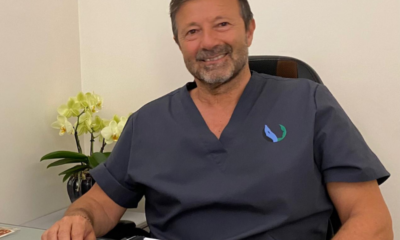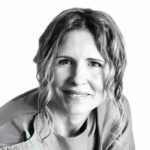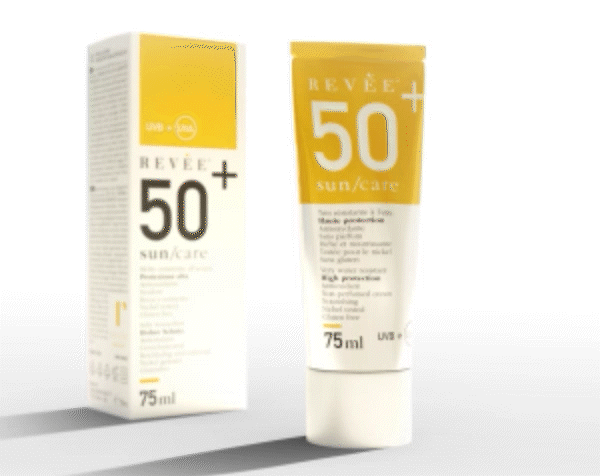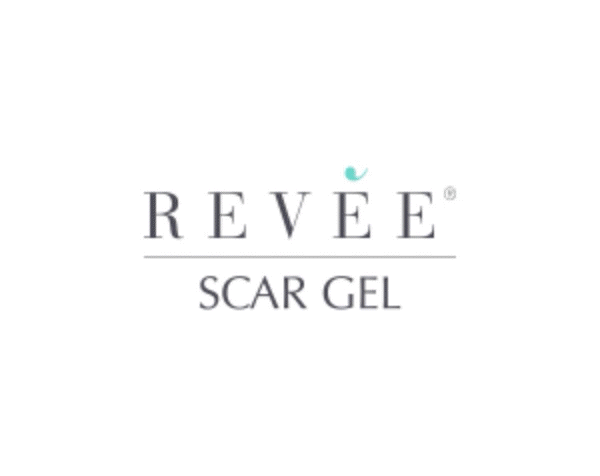Medical doctors and Surgeons
Reverse expansion: the autologous breast reconstruction method
Reconstructive plastic surgery is undergoing a significant evolution thanks to reverse expansion, an innovative technique that is transforming the post-mastectomy reconstruction process.
After a mastectomy, many women embark on a journey of renewal, which includes the possibility of restoring breast volume and shape. Among the most advanced and minimally invasive solutions, this approach is gaining recognition for its results and reduced post-operative impact.
«Reverse expansion is a multi-step method for breast reconstruction using autologous tissue. This means it involves multiple surgical procedures. The concept is to reconstruct the entire breast through adipose tissue grafts, which are harvested from the patient herself. This allows for an autologous reconstruction, which is generally superior to reconstruction with implants», explains Dr. Luca Fabiocchi, chief physician of Reconstructive Plastic Surgery at the Breast Surgery Unit of Santarcangelo di Romagna, in the Rimini district of AUSL Romagna.
According to the doctor, a breast reconstructed with autologous material not only appears morphologically similar to the contralateral breast but also feels natural to the touch, following a physiological ptosis that takes the patient’s age into account.
The advantages of autologous expansion
Traditional breast reconstruction techniques often involve silicone implants or the transfer of tissue flaps from other parts of the body, such as the abdomen or back. Compared to these methods, reverse expansion offers numerous advantages, including minimal invasiveness, shorter recovery times, reduced post-operative impact, and optimal aesthetic results.

«Reverse expansion requires only a one-day hospital stay, and the patient is discharged the day after surgery. No drains are used. There are no major incisions—only small access points for the cannula during liposuction and for fat injection – says Dr. Fabiocchi -. When the expander is removed, a small incision in the inframammary fold is necessary to extract it».
The effectiveness of the technique is also reflected in the number of sessions required to complete the reconstruction.
«Out of 170 cases from 2010 to today, the current average number of sessions needed for reconstruction is about 2.3. This means that more patients complete the reconstruction in two sessions rather than three».
In heterologous reconstruction, surgeries tend to be longer, and the post-operative course can be more demanding, although a single session is often sufficient. However, reverse expansion offers a faster and less invasive recovery, allowing patients to resume their daily activities quickly.
«On the same day, patients can take a cleansing shower and return to work without issues».
The low rate of complications and recurrences
Reverse expansion, like any surgical procedure, is not without risks. However, the complication rate is significantly lower compared to more extensive procedures, such as flap surgery.
«The complications we encountered included three cases of infection, all successfully treated and resolved with antibiotic therapy, and one case of significant bleeding, – recalls Fabiocchi- In that particular instance, there were undiagnosed coagulation factor abnormalities that led to excessive bleeding».
Among all the patients who underwent surgery, four cases of recurrence were recorded—a figure consistent with that observed using other reconstruction methods.
Who is this procedure suitable for?
Not all patients are eligible for this technique, as it requires sufficient donor areas of adipose tissue for grafting into the breast area.
Dr. Fabiocchi explains: «We centrifuge the adipose tissue without letting it settle. During the purification process, we lose just over half of the harvested fat. Since each graft over an expander typically ranges from 300 to 350 cc per session, the initial fat harvest needs to be around 800 cc. Therefore, a patient must have an adequate amount of fat—not too little, but also not excessive».
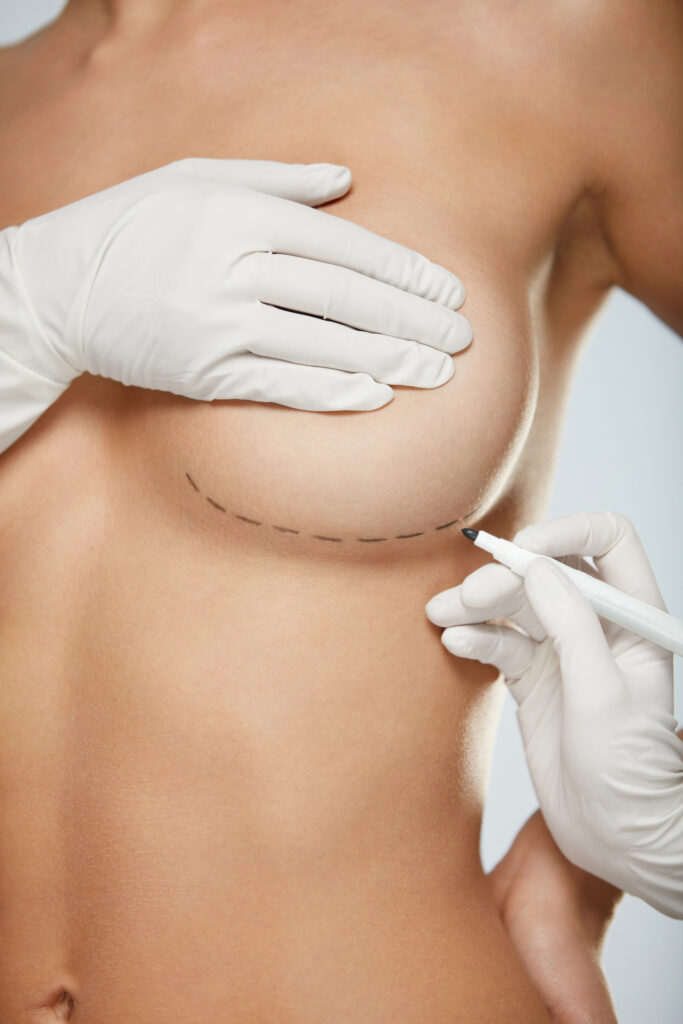
A factor that can influence the availability of adipose tissue is hormone therapy, which many patients undergo after a mastectomy. Breast cancer is often hormone-suppressive, and «90% of these women tend to gain weight during therapy, with an average increase of 5 to 10 kg».
This is significant because a patient who initially lacks sufficient adipose tissue for reconstruction may have enough after a year of hormone treatment. Reverse expansion is a highly appreciated alternative, as it includes liposuction, which also helps reshape the body’s silhouette. The fat harvesting technique is the same as in cosmetic liposuction.
«We begin patient management after the mastectomy. After a year, we often see that the patient has undergone therapy and gained between 5 and 10 kg. At this point, we can proceed with the surgical intervention».












